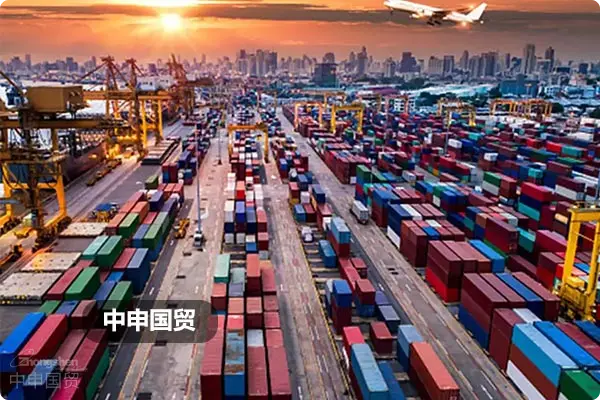- Shanghai Zhongshen International Trade Co., Ltd. - Two decades of trade agency expertise.
- Service Hotline: 139 1787 2118

Analysis of customs clearance difficulties for imported printing equipment
Latest customs data for 2025 shows that printingEquipment ImportsThe declaration error rate increased by 12% year-on-year, with 60% of declaration problems concentrated in three areas:Disputes over commodity classification,Documentation incompletenessandInspection and quarantine standard conflicts. Taking a company importing digital printing equipment as an example, the misuse of HS code 8537 resulted in additional tax payments and late fees totaling 230,000 yuan.
Three core points of customs clearance practical operations
I. Precise positioning of commodity classification
Printing equipment involves more than 10 HS code categories, requiring special attention to:
- Differences in printing methods
- Lithographic printing machines: 8443.1700
- Digital printing systems: 8443.3190
- Screen printing machines: 8443.5900
- Declaration of split functional modules
- Separate classification of printing units and drying systems
- Independent declaration of data control modules
II. In-depth verification of document compliance
In 2025, the General Administration of Customs strengthened document review requirements, with special attention needed to:
- Completeness of commercial invoice elements
- Must indicate ink type (UV/water-based)
- Specify maximum printing format size
- Special Document Preparation
- Used equipment requires pre-shipment inspection certificates
- Laser modules require3CIt is recommended to compare the following transportation methods:
III. Inspection and quarantine standard adaptation strategies
- Safety protection standard verification
- Mechanical protection devices comply with GB 28387
- Electrical system adapted to GB 5226.1
- Special testing for environmental indicators
- Volatile organic compounds emission limits
- Noise decibel test report
Professional agency service value evaluation dimensions
- Customs clearance efficiency comparison
- Self-declaration average processing time: 12-15 working days
- Professional agency average processing time: 7-9 working days
- Cost control indicators
- 83% reduction in tax supplement risks caused by classification errors
- 67% decrease in port detention fee occurrence rate
Practical suggestions for selecting agency services
- Key points for qualification review
- Verification of the AEO certification status of the customs
- Customs clearance case verification for similar equipment
- Service network evaluation
- Local service capability at major ports
- Emergency response mechanism completeness
Common issue response solutions
- Feasibility analysis for used equipment import
- Equipment manufactured after 2018 prohibited from import
- Special industries requiring approval catalog
- Application of tariff preferential policies
- Conditions for applying free trade agreement tariff rates
- Major technical equipment catalog confirmation
Related Recommendations
? 2025. All Rights Reserved. Shanghai ICP No. 2023007705-2  PSB Record: Shanghai No.31011502009912
PSB Record: Shanghai No.31011502009912










